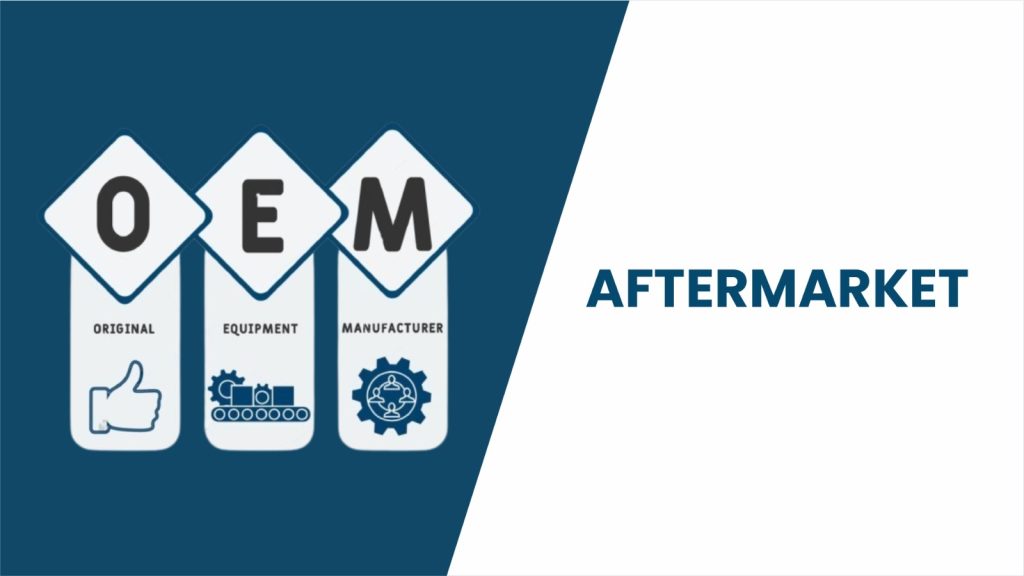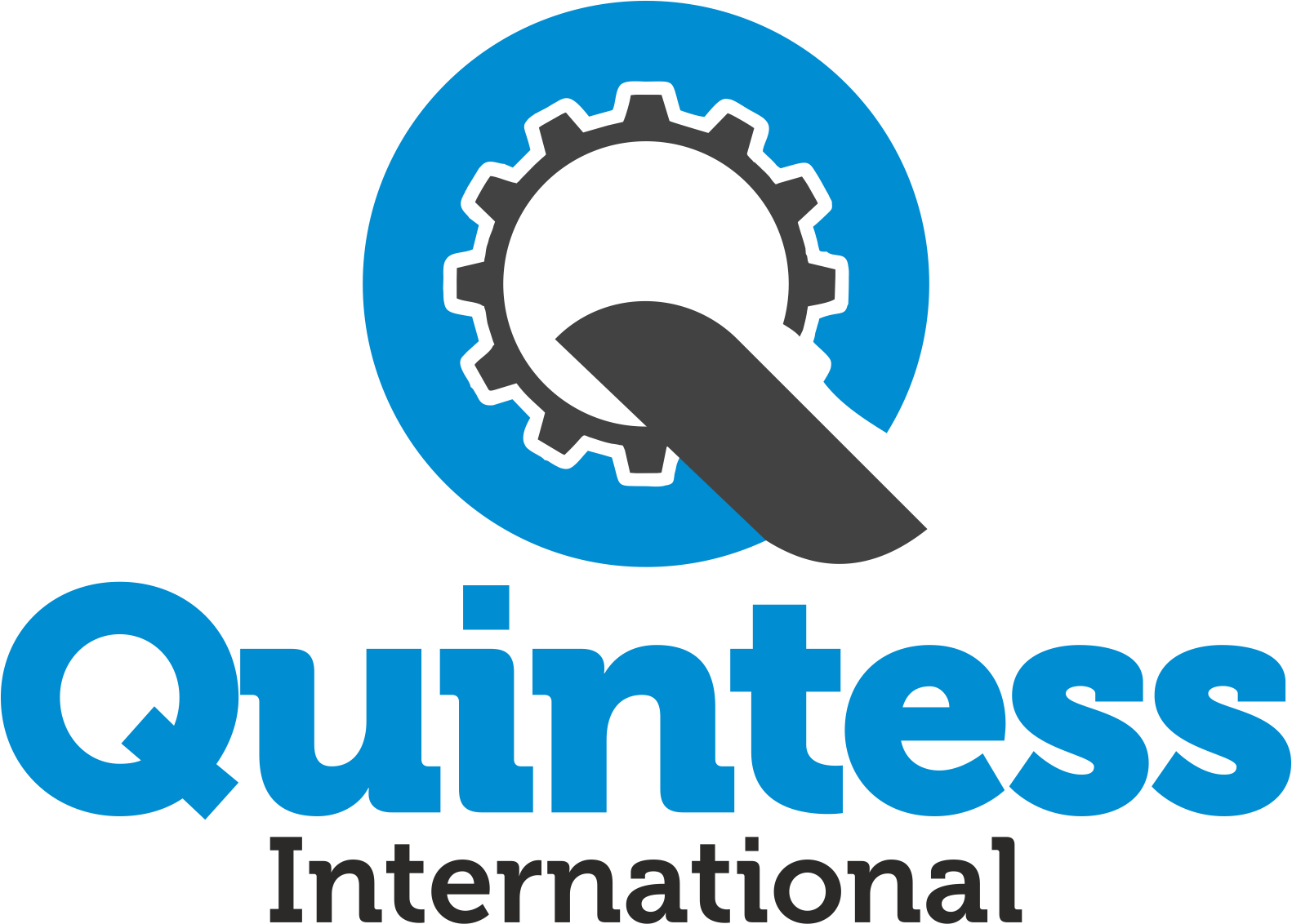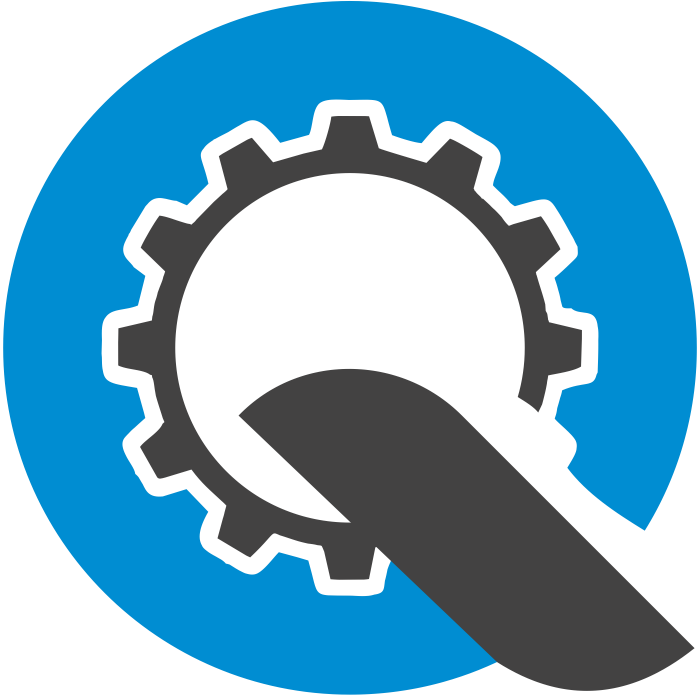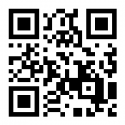
In the heart of Russia’s industrial engine lies a component small in size but massive in importance—the cylinder liner. Often overlooked by the average consumer, these sleeves that line engine cylinders are critical to engine performance, efficiency, and longevity. Without them, engines would struggle to maintain optimal function, leading to decreased performance and increased wear. As such, the significance of cylinder liners cannot be overstated; they play a pivotal role in ensuring that vehicles and machinery operate smoothly and reliably.
As Russia continues to modernize its automotive and heavy machinery sectors, understanding the demand dynamics between OEM (Original Equipment Manufacturer) and aftermarket cylinder liners is vital for both local manufacturers and international exporters. This modernization presents both challenges and opportunities, as the market evolves in response to technological advancements and shifting consumer preferences. Moreover, the balance between OEM and aftermarket options highlights the competitive landscape, where quality and affordability are key factors influencing purchasing decisions.
Understanding the Basics: OEM vs Aftermarket
-
OEM Cylinder Liners are those installed by engine or vehicle manufacturers at the time of original production. These liners must meet strict specifications, undergo rigorous quality checks, and align perfectly with the design and material standards of the engine.
-
Aftermarket Cylinder Liners are replacements fitted after the original ones wear out or fail. This segment caters to repairs, engine rebuilds, and upgrades across various industries, from automotive to marine and agriculture.
Current Market Landscape in Russia
Russia’s market for cylinder liners is shaped by several key industries:
-
Automotive manufacturing (cars, trucks, buses)
-
Heavy machinery (construction, mining, oil & gas)
-
Agricultural equipment
-
Rail and marine engines
While Russia has several domestic manufacturers, the country also imports high-precision liners from countries like India, China, and Germany. The demand split between OEM and aftermarket is influenced by the pace of new production vs aging machinery that requires refurbishment.
OEM Demand: Driven by Domestic Production and Localization
OEM demand is primarily tied to the output of domestic vehicle and engine manufacturers. Major OEM consumers in Russia include:
-
KAMAZ (trucks)
-
GAZ Group (light commercial vehicles)
-
AvtoVAZ (Lada) (passenger vehicles)
-
Chelyabinsk Tractor Plant (industrial equipment)
-
Uralvagonzavod (military and railway)
OEM cylinder liners must comply with GOST standards (Russian national standards) and sometimes ISO certifications for export or joint-venture production.
Key drivers for OEM growth:
-
Government-led localization initiatives
-
Infrastructure and defense projects
-
Rising demand for commercial transport
-
Investments in modern engine platforms
Aftermarket Demand: The Backbone of Maintenance Culture
Russia has one of the largest fleets of aging machinery, especially in rural and industrial regions. The aftermarket for cylinder liners is, therefore, robust, driven by:
-
Rebuilding engines in tractors, buses, and construction equipment
-
Cost-sensitive customers seeking affordable repairs
-
Widespread engine overhaul culture, especially in remote areas
-
Smaller workshops and garages doing rebuilds instead of full replacements
Unlike OEM, the aftermarket welcomes a wider range of liner qualities—from budget-friendly cast iron types to premium chrome-plated options.
Key Differences: OEM vs Aftermarket Demand in Russia
| Feature | OEM Market | Aftermarket Market |
|---|---|---|
| Volume | Moderate, steady | High and variable |
| Quality standards | Strict (GOST, ISO) | Mixed – varies from high to low |
| Customers | Engine/vehicle manufacturers | Repair shops, mechanics, end-users |
| Price sensitivity | Medium – focused on quality | High – price-sensitive customers |
| Growth potential | Linked to industrial investment | Linked to fleet age and repairs |
| Key buyers | KAMAZ, GAZ, Rostselmash | Regional dealers, workshops |
Challenges in the Market
-
Fake or low-quality aftermarket parts undermine trust and performance
-
Logistics and distribution gaps in remote regions affect aftermarket availability
-
Supply chain disruption from sanctions or import restrictions can impact both segments
Opportunities for Manufacturers and Exporters
-
Tiered product offerings – Cater to both premium OEM needs and budget aftermarket clients
-
Branding and trust-building – Particularly in the aftermarket where quality varies widely
-
Local partnerships – Collaborate with regional distributors and service centers
-
Tech integration – Offering liners compatible with Euro-5 and Euro-6 compliant engines
Conclusion: A Market of Two Speeds
Russia’s cylinder liner sector is a tale of two markets: OEM, which is slow and steady, driven by formal manufacturing; and aftermarket, which is fast-moving, cost-driven, and vast. For any player aiming to succeed in this space—whether domestic or international—understanding these two demand streams is key to shaping production, pricing, and promotion strategies.
As Russia continues to balance between modernization and maintenance, the dual demand for cylinder liners will remain a resilient and strategic opportunity for years to come.


